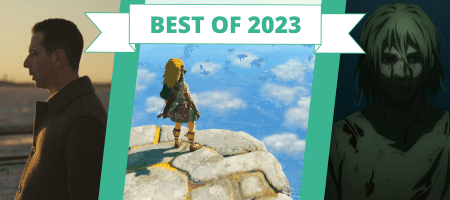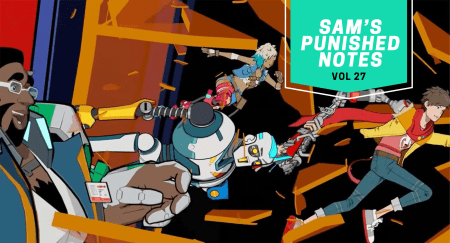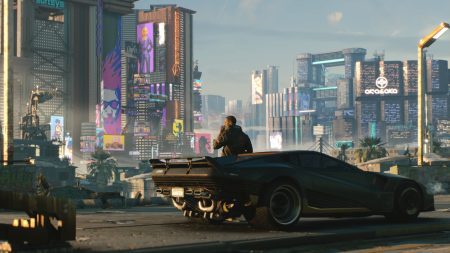Note: This article fully spoils episodes one through five of HBO’s The Last of Us, and divulges minor spoilers from Part I of the video game duology.
HBO’s The Last of Us is five episodes into its inaugural season, and by all indications, it’s a hit. Not only is the show a critical success—it’s garnered an impressive 84 on Metacritic—but fans are tuning in en masse. The show amassed 4.7 million viewers in its debut episode, making it HBO’s second-biggest launch ever, outdone only by—shocker—House of Dragons.
That viewership has only increased from week to week. Episode two attracted 5.7 million pairs of eyes, making for a 22% delta—the largest week-two bump in the history of the network. Episode three set another series high with 6.4 million viewers, and episode four continued the trend, netting 7.5 million.
The success of The Last of Us should come as little surprise to practically anyone. We live in a timeline where The Walking Dead ran for 11 seasons (when it really should have stopped after six). Give HBO the keys to its own zombie series—and base it on two of the greatest video games ever—and it’s a no-brainer, pun intended, that this cerebral TV series would take off.
Yet, while HBO’s The Last of Us deserves its flowers, I can’t help but feel we’ve seen the best it has to offer. For those (like me) who’ve experienced this story before, the beats just don’t hit the same—a tragic case of déjà vu. But there’s an even bigger underlying issue at play, and it’s this:
Episode three is better than anything else you’ll see in The Last of Us.
It’s better than the show. It’s better than the games. And that’s fine by me.

Where HBO’s The Last of Us Misses the Mark
As a lover of The Last of Us Part I and staunch defender of 2020’s Part II, I came into the HBO adaption expecting greatness. Yet despite the widespread fanfare and acclaim, I’ve found myself oddly “whelmed” by what I’ve seen—not disappointed, just whelmed.
The show nails the aesthetics of the games. Episode two, with its ivy-encrusted skyscrapers and somber Boston sunset, made me recall my own adventures journeying to city hall with Joel, Ellie, and Tess. Episodes four and five, despite a creative pivot in their setting, remained faithful to the source material. The firefights, infected encounters, and character moments all made me feel like I was replaying Naughty Dog’s 2013 epic.
And therein lies the problem. HBO’s The Last of Us is so faithful to the original game that it struggles to carve out its own identity. That burning barn that Joel, Tommy, and Sarah drive by? Been there. That clicker fight in Boston? Done that. Even the watchtower scene where Joel flanks a sniper played out beat for beat like it did in Part I.
Most viewers would likely decry what I’m saying. After all, isn’t the whole point of an adaptation to “adapt”? So many video game shows and movies—from 1993’s Super Mario Bros. to 2016’s Assassin’s Creed—fail because they stray from the lore that made their IPs great. Surely, sticking to the script for The Last of Us is better than rewriting it.
I understand the argument, but I challenge it. Just as The Last of Us showrunners Neil Druckmann and Craig Mazin have shown they’re willing to adapt the games, they’ve shown they’re equally willing to “deviate” (as Druckmann puts it) to enrich that source material.
HBO’s The Last of Us isn’t just adapting the games. It’s adapting to them—and it’s better off for it.
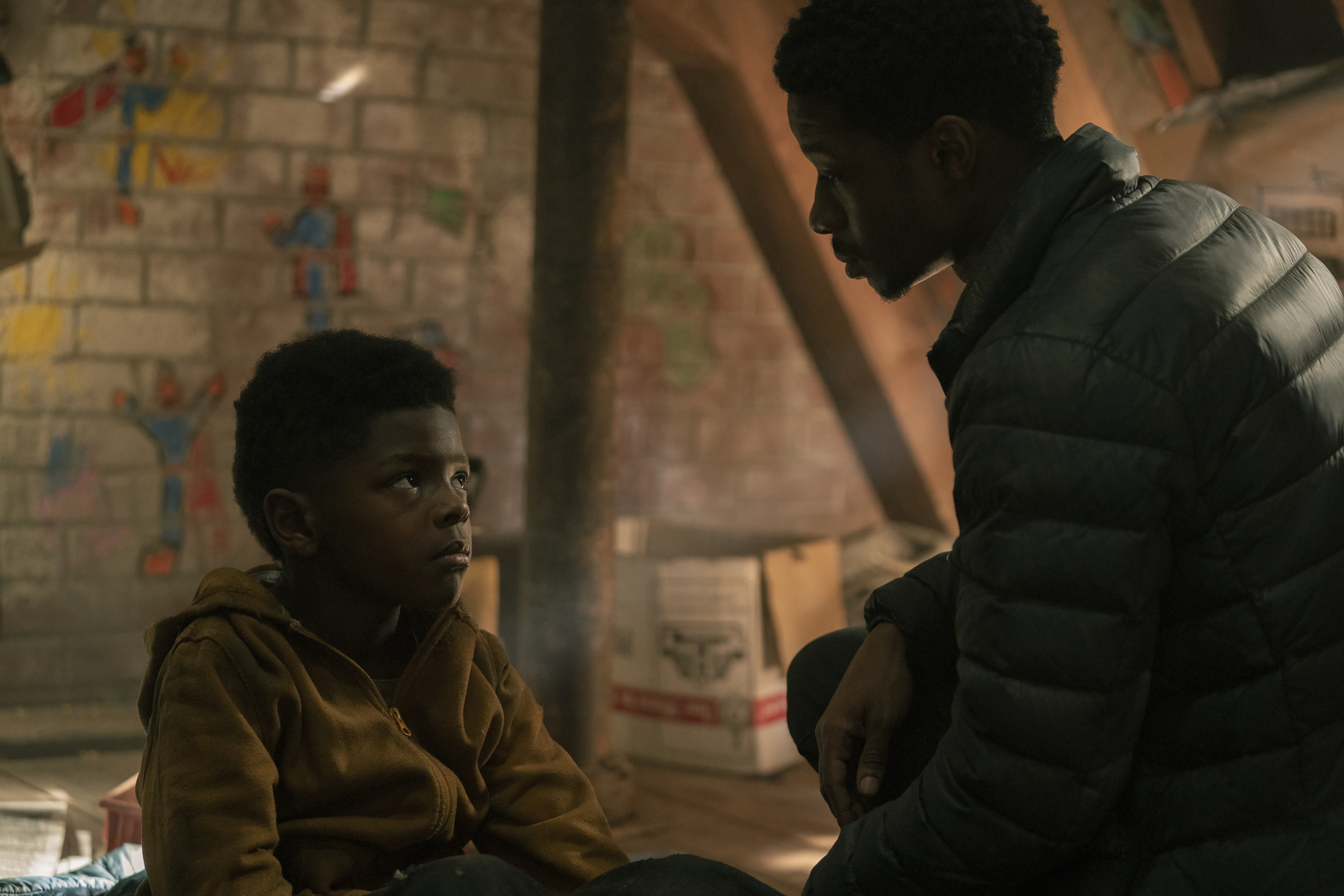
The Power of Love in a World of Ruin
At its core, The Last of Us asks a fundamental question: How far would you go to protect the ones you love?
In episode one, we witness the love Joel displays for his daughter, Sarah, and the callus that forms when he fails to protect her. Despite the steeled veneer of Joel’s post-apocalyptic self, there are signs he’s still capable of that love. We see it in his “situationship” with Tess, and—once even that’s taken from him—in his promise to transport Ellie across the country.
In episodes four and five, we see a foil for Joel and Ellie through Henry and his younger brother Sam. Where Joel and Ellie’s relationship is transactional and rooted in obligation, Henry and Sam’s is transcendent and rooted in love. By the end of the Kansas City arc, we see just how far that love goes when Henry, after killing his infected brother, turns the gun on himself. For Joel and Ellie, it’s a sobering reminder of life’s fleetingness—but also of love’s permanence.
Those who have played The Last of Us Part I and Part II know just how far that love goes, both for Joel and for Ellie. Yet while HBO’s adaptation has captured that love elegantly thus far—and Pedro Pascal and Bella Ramsey have delivered electric performances—the real stars of the show aren’t Joel and Ellie, or Henry and Sam.
That honor goes to episode three and its characters du jour: Bill and Frank.

Why Episode 3 Is The Last of Us at Its Best
The Last of Us thrives when it embraces the humanity of its characters. A clicker encounter or watchtower shootout may make for a compelling video game sequence, but those moments lose their luster without the haptics and agency of a controller.
Episode three, titled “Long, Long Time,” sets aside the violent world of The Last of Us and provides a surprising calm for its hour-and-fifteen-minute run. The episode doesn’t just deviate from the path of the original games—it veers boldly off the road.
“Long, Long Time” made headlines for all the right reasons, and also all the wrong ones. It’s an incredible expansion—and subversion—of series lore, detailing the relationship of Bill and Frank and rewriting their ending from what players experienced in Part I. It’s a beautifully paced love story between two men, and a shining exemplar of queer love written, and told, right. As you might imagine, it’s also the subject of vitriol from bigots hiding behind the “It didn’t follow the games!” argument. (Actor Nick Offerman, who played Bill, responded to the hate perfectly.)
Don’t let the review-bombed IMDB score fool you—episode three of The Last of Us is the best episode of the show so far, and it ain’t even close. Nick Offerman and Murray Bartlett deserve Emmys for their portrayals of Bill and Frank, as does director Peter Hoar for telling this story with the care and class it demands. And, of course, Druckmann and Mazin should be lauded for choosing the difficult path and taking a risk in the spirit of artistry.
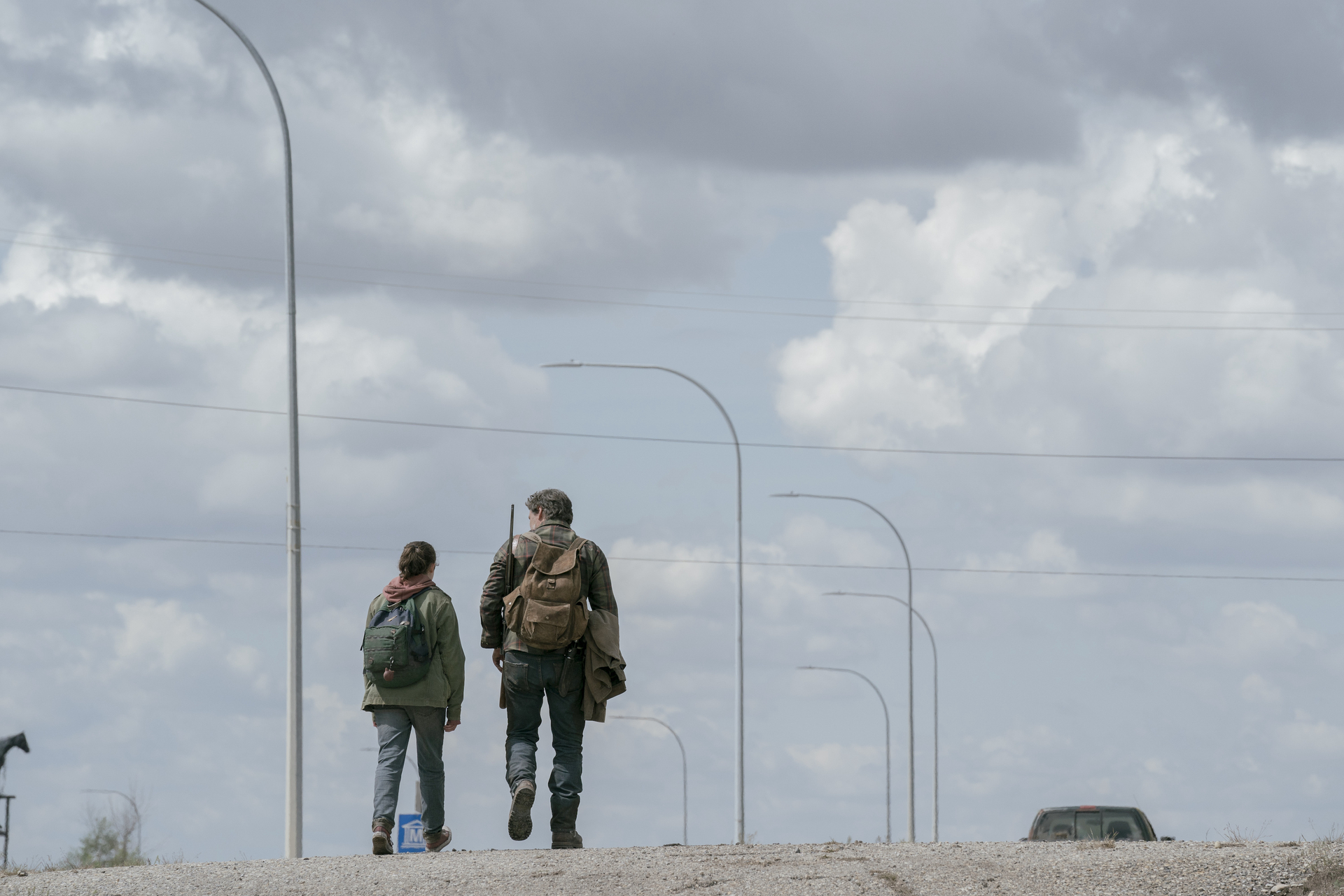
The Choice—and the Steep Hill To Climb
Even if you’re bummed “Long, Long Time” broke from the source material, you have to admit this was about as exceptional as love stories get. You could strip this canon away from the rest of The Last of Us, and it would function as a sublime short film. I’ll take it any day over all 177 episodes of The Walking Dead and, if I’m being honest, over the rest of HBO’s The Last of Us if I had to make that choice.
Those who’ve played the games know we’re in for a wild ride as we enter the latter half of The Last of Us’s debut season. While I’m excited for the beats to come, I have a sinking feeling we may have already seen the show’s brightest days (and not just because Bill and Frank had a happily forever after, dammit).
The hill to climb is steep for Druckmann and Mazin moving forward. Will they stay the course? Might they deviate from the path again? Purists can say what they will, but if deviating leads to television of this ilk, I’d say take the wheel and Thelma and Louise it, baby.
For more on HBO’s The Last of Us, check out our impressions of The Last of Us Season 2.
For more insights about our beloved Bill and Frank, check out our recent feature on Rent.com (a subsidiary of Redfin): Interior Design Inspired by The Last of Us Characters: Which Style Fits Who?
David is the founder of The Punished Backlog. He has a problem finishing games he starts.
Just beat: Donkey Kong Bananza.
Working on: Hollow Knight: Silksong.
Can't wait for: Metroid Prime 4: Beyond.
Follow David on Twitter at @David_Silbert to keep up to date with all things The Punished Backlog.








